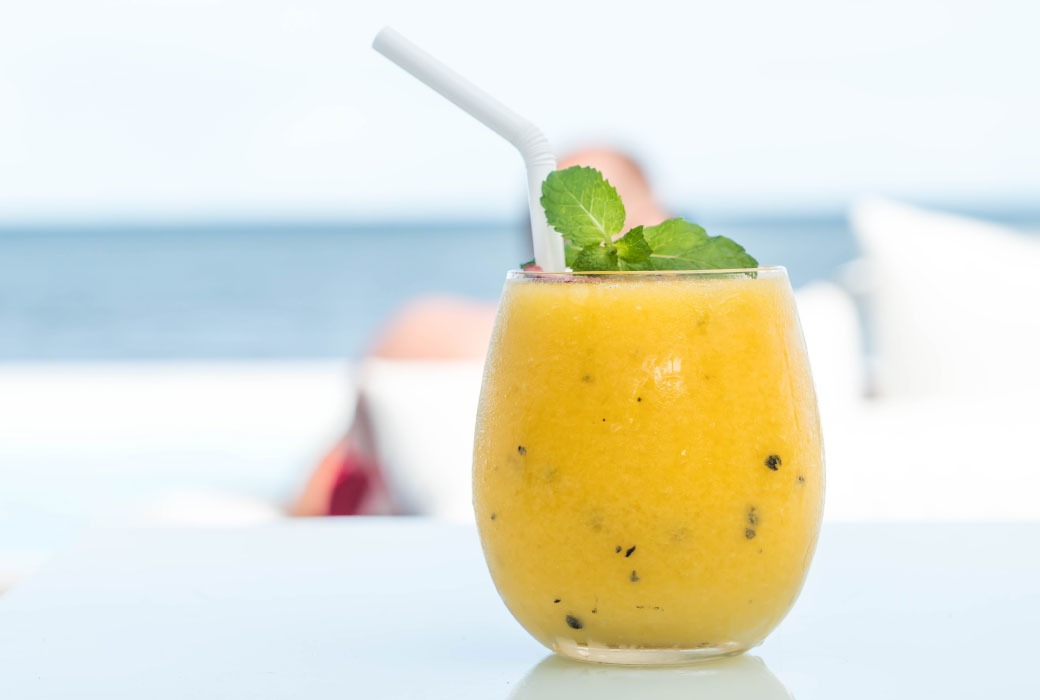The fruit has a round or oval shape, and its outer skin is typically smooth and purple or yellow when ripe, depending on the variety. Inside, the fruit contains a juicy pulp that is filled with small black seeds. The pulp is highly aromatic and has a tangy, tropical taste that is both sweet and tart.
Passion fruit is popularly used in various culinary applications. It is commonly consumed fresh, where the pulp can be scooped out and eaten as it is or used as a topping for desserts, yogurts, and ice creams. The juice of passion fruit is also used in beverages, cocktails, and as a flavoring in syrups and sauces.
Apart from its delicious taste, passion fruit is also known for its nutritional benefits. It is rich in vitamins, particularly vitamin C and vitamin A, as well as dietary fiber. The fruit is also a good source of antioxidants, which are beneficial for overall health.
Passion fruit is typically grown in warm climates with well-drained soil. It requires a sunny and humid environment to thrive. The vine-like plant can reach lengths of up to 20 feet (6 meters) and produces beautiful flowers that are often purple or white.
In addition to its culinary uses, passion fruit is also valued for its potential health benefits. It is believed to have antioxidant, anti-inflammatory, and immune-boosting properties. The fruit is also associated with digestive health and may have calming effects on the nervous system.
Passion fruit is widely available in many tropical and subtropical regions, and it is also exported to various parts of the world. Depending on your location, you may find passion fruit in local markets or specialty stores, particularly during its peak season.
Please note that availability and varieties of passion fruit may vary depending on your location and the time of year. It is always best to check with local suppliers or farmers’ markets for the availability of fresh passion fruit.





